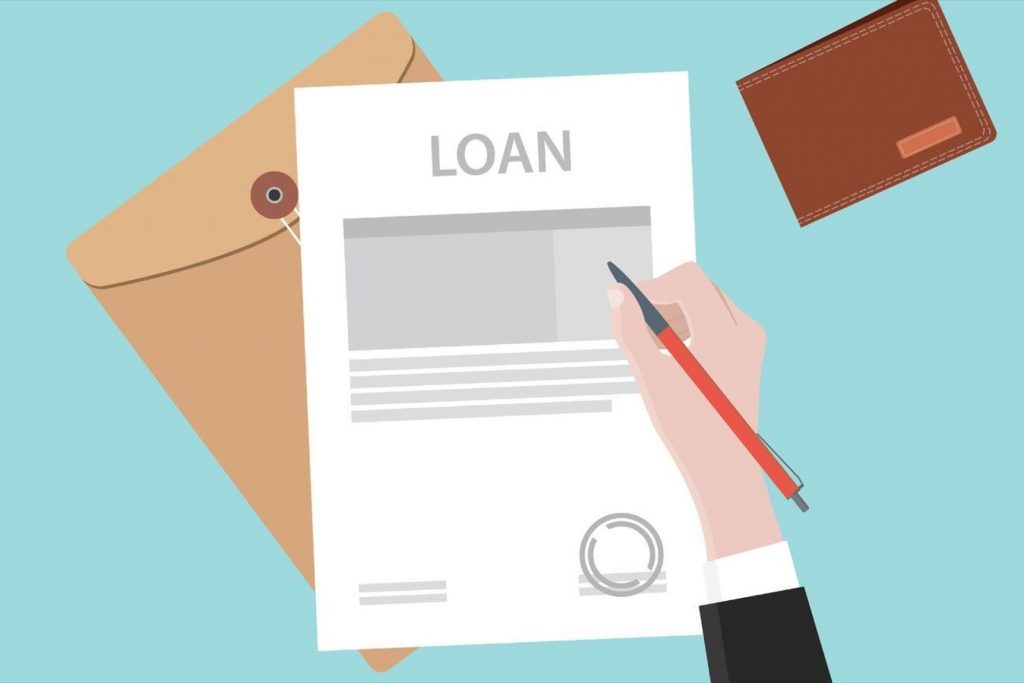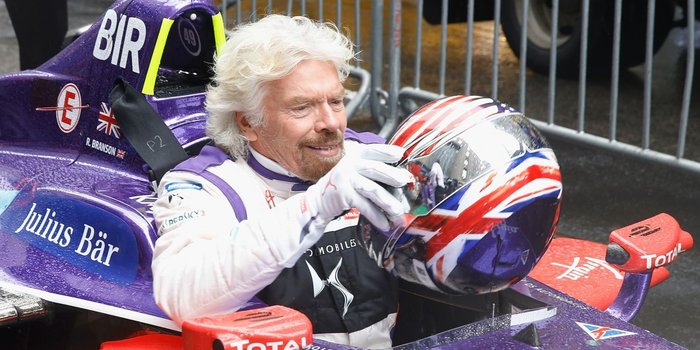
With more than 30 million people out of work and a growing number of Americans feeling severely cash-strapped, loans are a lifeline.
If you can get one.
Despite rock-bottom interest rates, banks are tightening lending standards across the board, shrinking the availability of credit.
“If you can get a loan, then the price of it is going to be relatively low,” said Tendayi Kapfidze, chief economist at LendingTree, an online loan marketplace. “The challenge right now is access.”
For example, credit card rates are down to a three-and-a-half-year low of 16.22%, according to Bankrate. Yet banks are making credit cards much harder to get in the wake of the coronavirus pandemic, according to Matt Schulz, chief industry analyst at CompareCards.
As conditions worsen, credit card issuers have begun closing accounts and lowering credit limits, particularly on those accounts that are at a greater risk of becoming delinquent.
One-quarter of all credit cardholders, or just under 50 million people, saw their limit slashed or their card closed altogether in the past 30 days — a number so high that CompareCards reran the survey to verify its accuracy, according to Schulz.
“It just goes to show the enormity of the impact of this outbreak on the economy, and on banks and on cardholders,” he said.
With such a swift spike in unemployment, cardholders can go from safe borrowers to risky borrowers overnight, Schulz explained. “When that happens, banks retreat into their shells and reduce credit all around.”
Mortgage rates are also substantially lower. However, lenders have restricted some offerings altogether, such as jumbo fixed-rate mortgages, cash out refinances and home equity lines of credit, due to the increased risk in the market.
Even if you were to obtain a HELOC, there’s still no guarantee that a bank won’t reduce the amount of credit available to you — or that it could freeze the line in the future, according to Greg McBride, chief financial analyst at Bankrate.
“Nobody is jumping up and down to be in a second lien position,” he said.
Personal loans, or unsecured loans, do not require borrowing against something of value, like a house, which makes them particularly attractive for those without that kind of equity.
In addition, the average interest rate on an unsecured loan is currently about 11.25%, according to Bankrate, notably less than the APR on a credit card.
Yet, any uncollateralized loan will be that much harder to get, McBride said.
“Generally speaking, if your credit score is below 680, things start to get very tight very fast.”
Here’s how to get an emergency loan
For those riskier borrowers who need to access cash, now is the time to comparison shop, according to LendingTree’s Kapfidze.
“Not every lender is making adjustments at the same rate or to the same extent,” he said. “It’s a good time to shop around and see which lender might be attracted to your borrowing profile.”
Otherwise, leverage the relationship you have with your existing lender, he advised.
Many consumer banks, including Citi and Marcus by Goldman Sachs, are offering temporary hardship assistance and allowing customers to break certificates of deposit early among other accommodations.
In addition, some credit unions are offering low- or zero-interest rate emergency loans to members. For example, ORNL Federal Credit Union is allowing those impacted by Covid-19 to apply for an unsecured loan at 0% interest for the first six months and 3% fixed interest for the remainder of the term.
Here is a running list of the banks that offer aid to those facing financial hardship because of the coronavirus.























